ELaBoR - Infrastructure for car charging stations
Research project at a glance
Period
01.01.2014 to 30.06.2016
Project Description
The aim of the project was to develop a strategy for the successive development of charging infrastructure for electromobility in Bonn and the Rhein-Sieg district. Based on the expansion targets of the federal government for the charging infrastructure for e-cars and the vehicle density in the urban region Bonn-Rhein-Sieg, expansion scenarios for 2016-2020 were identified. In order to achieve the expansion targets, the number of charging stations to be installed must be successively increased from 256 in 2016 to 935 in 2020. The aim of the project was to create an optimal grid for the distribution of charging stations and to develop a systematic approach for a step-by-step expansion of the charging infrastructure with regard to e-cars and e-bikes.
The so-called points of interest (POIs) (tourist destinations, leisure activities, etc.) and park & ride lots in the city and district area were considered as potential location options. The site options identified in this way were classified according to their importance. They were then further weighted based on traffic data. In addition, a current survey of existing charging stations in Bonn and the Rhein-Sieg district was taken into account. With the help of an optimization algorithm, the optimal positioning and distribution of the sites was determined for each of the specified expansion targets. In order to arrive at a concrete structural and technical implementation of the charging infrastructure on the basis of the site proposals developed in this way, further analysis and planning steps are also necessary. To this end, a guideline was developed as part of the project and tested in a workshop using the example of two traffic cells (Königswinter and Bonn city center).
Research assistants
Alexander Hagg, Helge Spieker, Alexander Oslislo, Dr. Volker Jacobs,
Cooperation partners
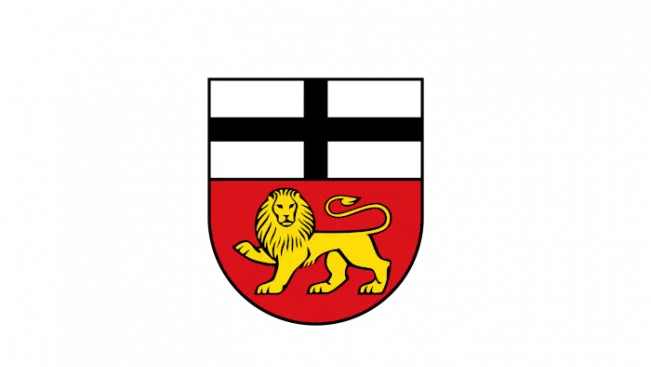
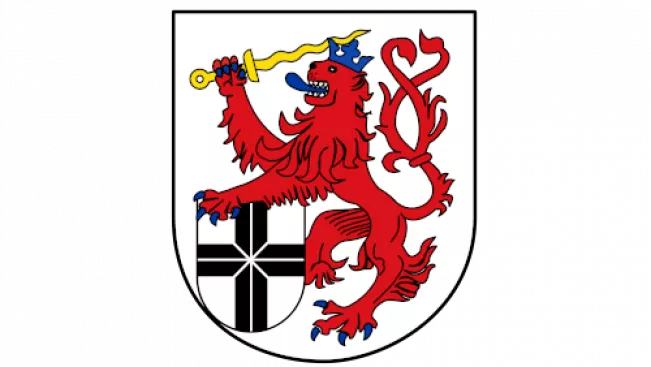
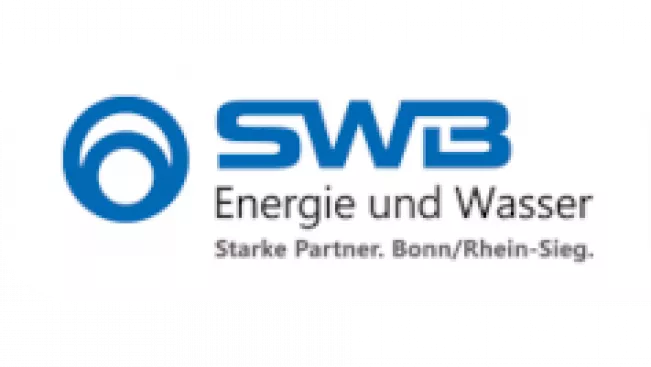

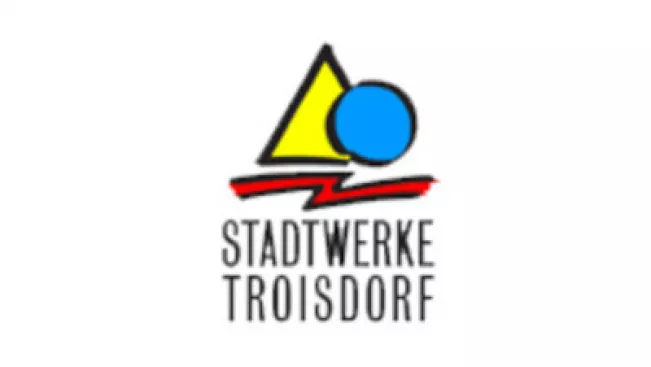
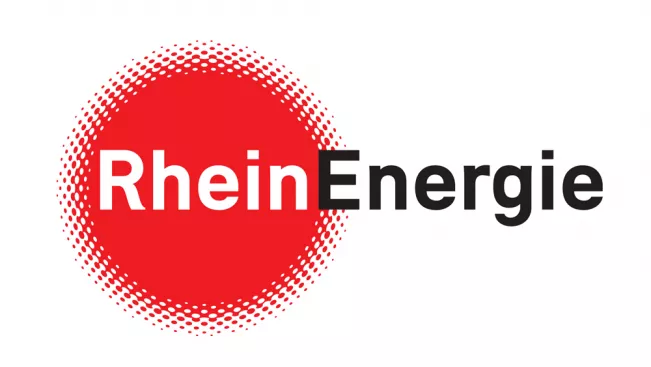
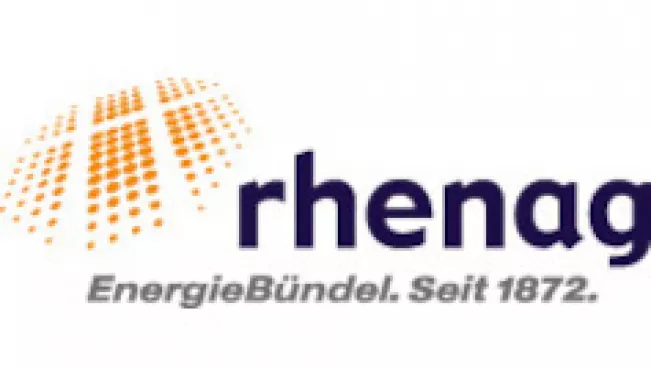
Links
Further links


